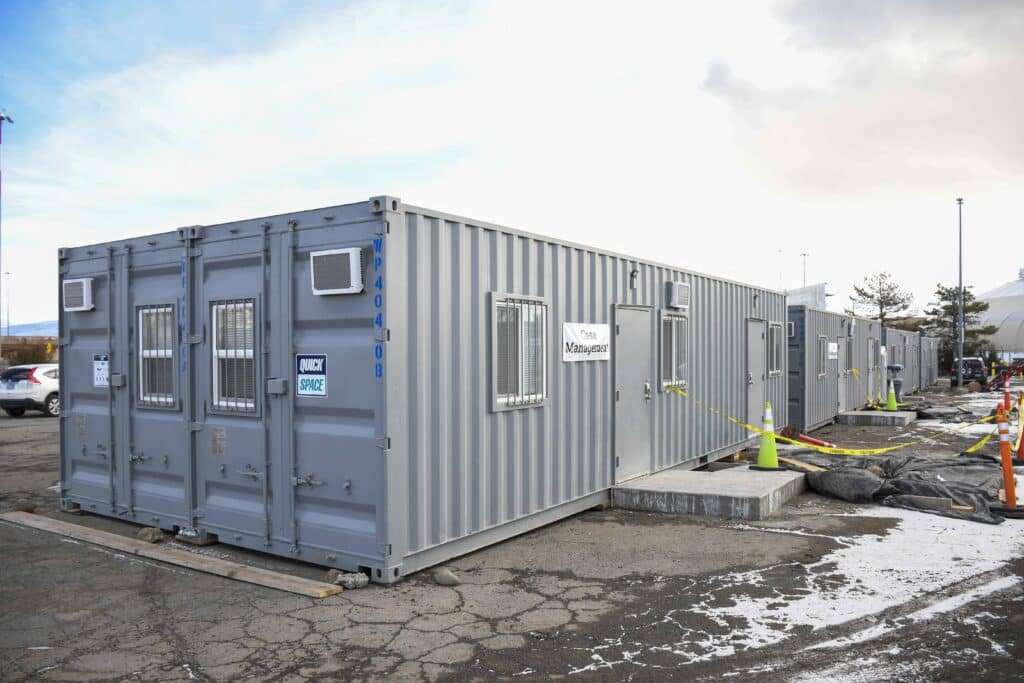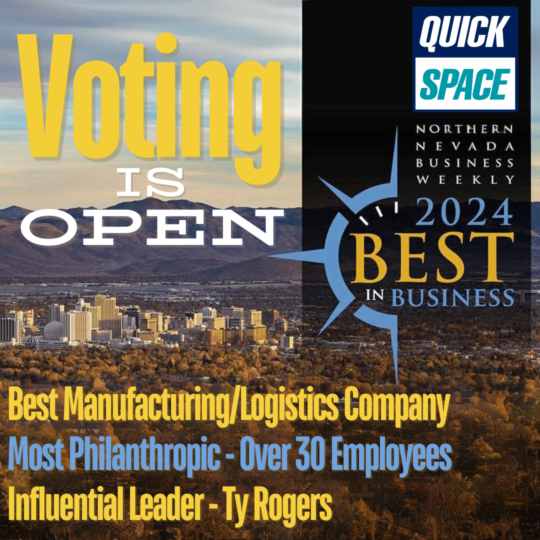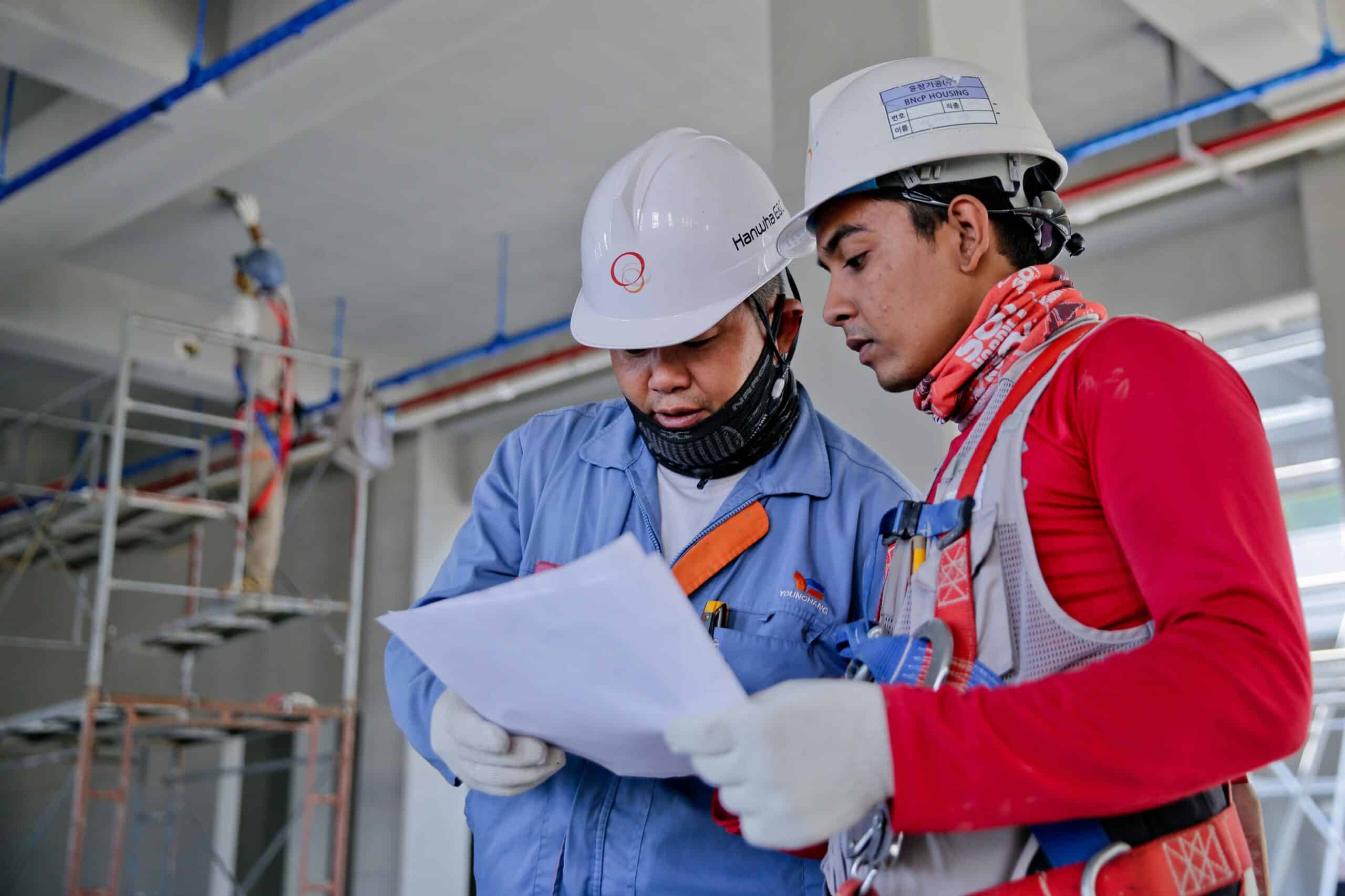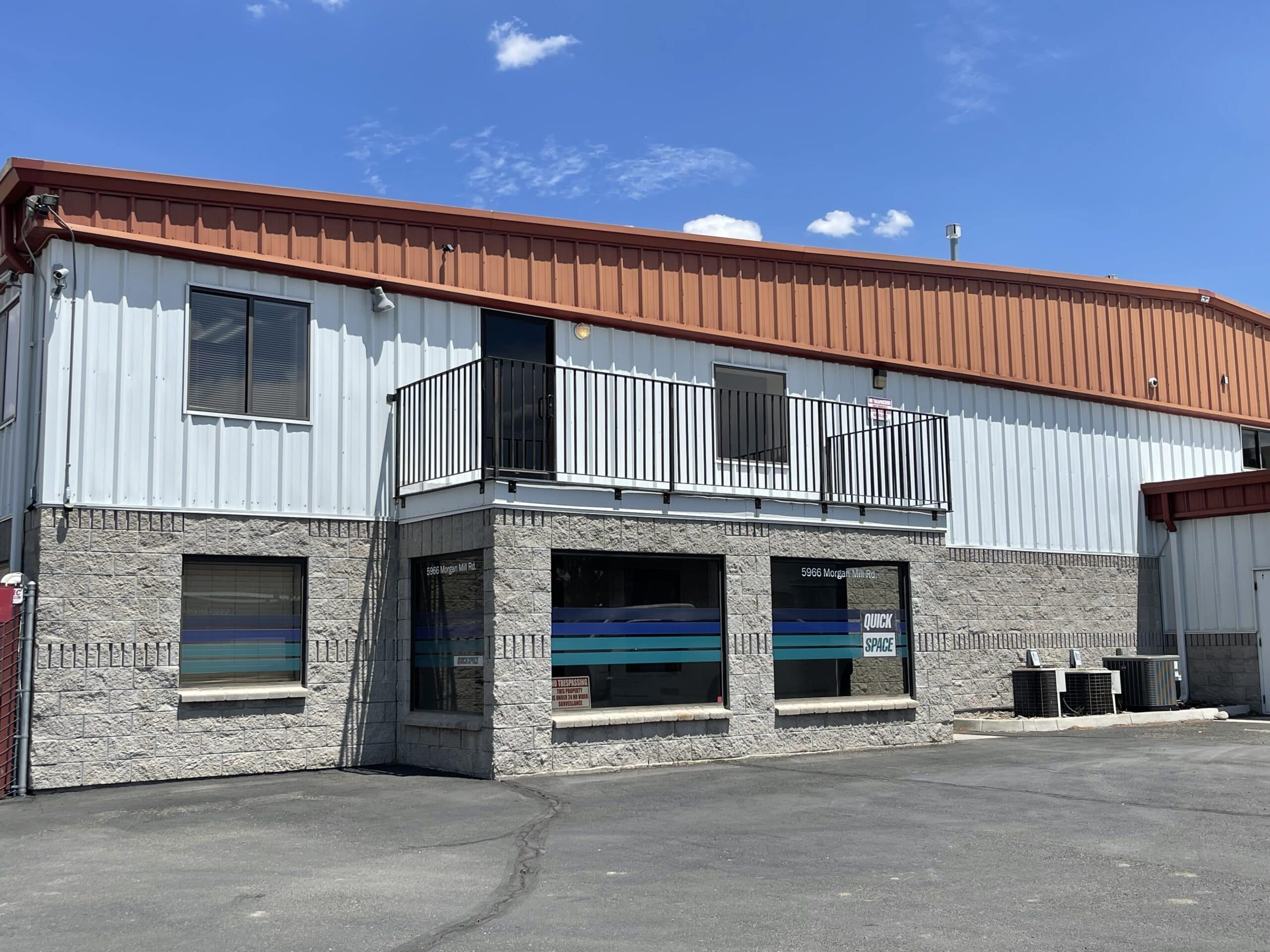
Conceptualizing Temporary Offices
The first step in setting up temporary offices is understanding the need and defining the objectives. Businesses must determine why a temporary office is necessary—whether for a short-term project, during office renovations, or as a stopgap during a relocation. Once the purpose is clear, the next step is to identify the requirements. This includes the number of employees, the necessary equipment, and any special needs such as meeting rooms or IT infrastructure.
Planning and Design
With clear objectives and requirements, the planning phase begins. Selecting a suitable location is critical. Factors such as proximity to the main office, accessibility for employees, and amenities in the vicinity play a vital role. Additionally, the space must be scalable and flexible to accommodate the business’s needs.
Designing the layout of the temporary offices involves creating a functional and efficient workspace. This often requires collaboration with architects or interior designers who can translate the business’s requirements into a practical layout. Key considerations include maximizing the use of space, ensuring adequate lighting and ventilation, and creating a conducive work environment that mirrors the company’s culture.
Securing Permissions and Compliance
Before construction begins, it’s essential to secure all necessary permissions and ensure compliance with local regulations. This might involve obtaining permits from local authorities, ensuring the temporary structure meets safety and building codes, and addressing any zoning requirements. Compliance with health and safety standards is paramount to ensure the well-being of employees.
Setting Up Infrastructure
The infrastructure setup is a critical phase in the construction of temporary offices. This includes installing electrical systems, plumbing, heating, ventilation, and air conditioning (HVAC) systems, and ensuring robust IT infrastructure. Given the temporary nature of the setup, businesses might consider modular and portable solutions that can be easily installed and dismantled, such as construction trailers and portable storage containers.
IT infrastructure is particularly important as it ensures seamless connectivity and communication. Setting up reliable internet connections, secure networks, and essential office equipment such as computers, printers, and telephones is crucial for maintaining productivity.
Furnishing and Equipping
Once the infrastructure is in place, furnishing the office is the next step. This involves selecting appropriate office furniture, such as desks, chairs, filing cabinets, and meeting tables. Ergonomic furniture is essential to provide comfort and prevent workplace injuries.
Additionally, the office needs to be equipped with all necessary supplies and amenities. This includes setting up break areas, ensuring the availability of office supplies, and installing any additional equipment specific to the business’s operations.
Moving In
The final phase is the move-in process. This requires meticulous coordination to minimize downtime and disruption. Businesses often choose to move in phases, starting with non-essential functions and gradually transitioning core operations. Proper communication with employees is essential to manage expectations and ensure a smooth transition.
Leveraging Portable and Mobile Solutions
Businesses can benefit significantly from using mobile mini storage and storage containers for sale from providers like Quick Space. These solutions offer flexibility and ease of setup, which is ideal for temporary offices. Additionally, considering construction trailers for sale can provide a cost-effective and efficient way to establish a temporary workspace with all the necessary amenities.
Setting up a temporary office is a complex but manageable process with careful planning and execution. By defining clear objectives, selecting an appropriate location, ensuring compliance, and setting up robust infrastructure with solutions such as cargo containers, construction office trailers, and portable storage options, businesses can create a functional and efficient temporary workspace. With the right approach, a temporary office can provide the necessary flexibility and support for business continuity during times of change.
Learn more about our Quick Space Temporary Offices HERE, and follow us on Facebook and Instagram to see pictures of our products and services.





